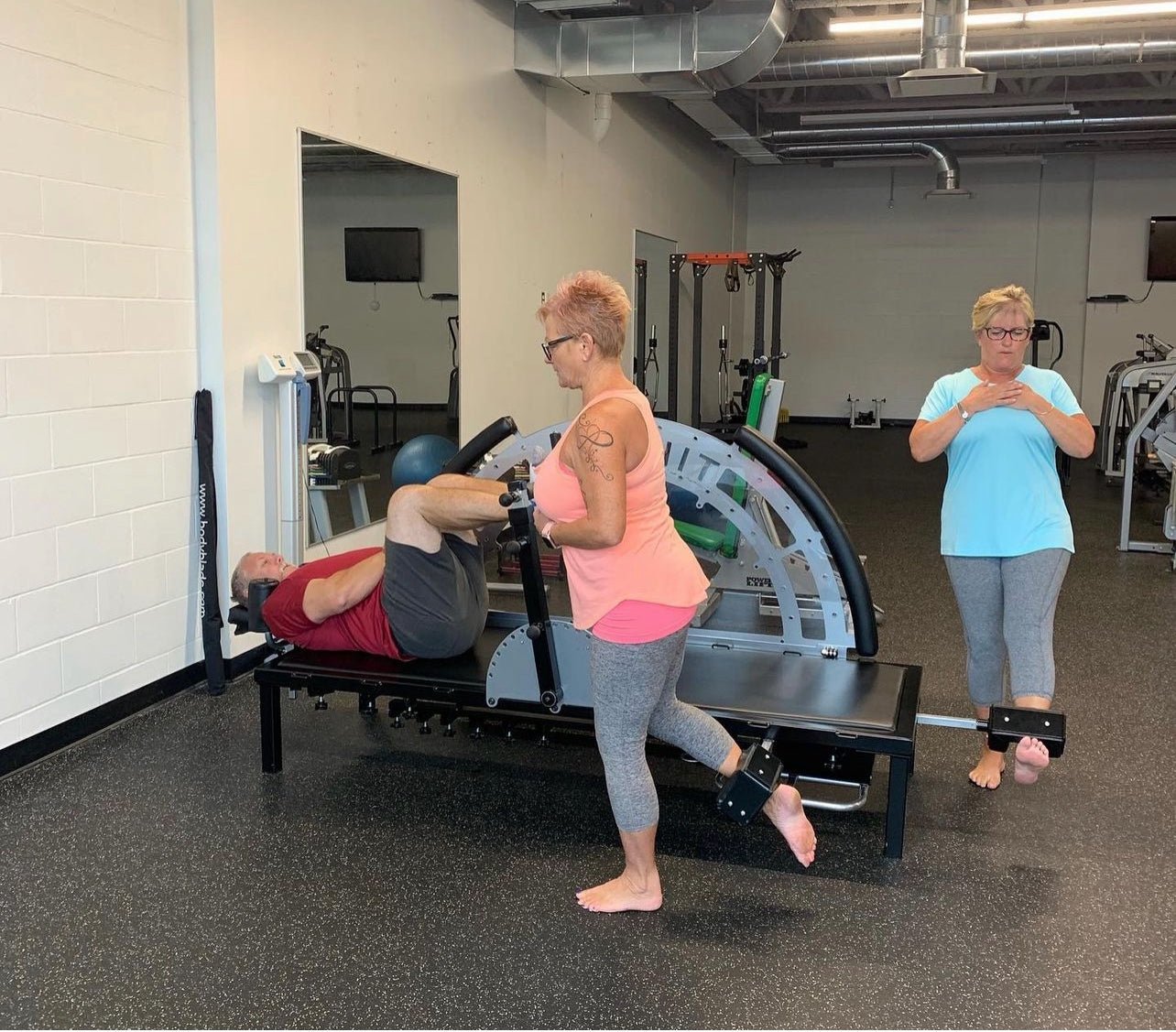Tendinopathy, a condition affecting the health and function of tendons, is a significant issue for individuals of all activity levels. From office workers to seniors, tendon injuries such as sprains, strains, and tears lead to pain, reduced mobility, and impaired function. These injuries are not only physically debilitating but also costly—musculoskeletal injuries in the U.S. alone account for over $265 billion in annual healthcare expenditures.
Nearly 100% of tendinopathy cases can be attributed to inappropriate loading during dynamic activities or prolonged inactivity. Dynamic activities often involve repetitive, high-stress movements that exceed a tendon’s capacity to handle load, leading to micro-tears and inflammation. Conversely, inactivity weakens tendons, reducing their ability to withstand even normal physical demands. Both scenarios underscore the importance of targeted, controlled loading to maintain tendon health and prevent injury.
Tendon Pain and Daily Function
Tendon pain can have a profound impact on daily life. It can reduce strength, joint stability, and mobility, making everyday tasks such as walking, climbing stairs, or carrying groceries more difficult. Chronic tendon pain often leads to compensatory movement patterns that increase the risk of secondary injuries, further affecting quality of life. Left untreated, tendon pain can lead to long-term dysfunction and a significant decline in overall physical capacity.
Tendons: Active, Adaptable, and Often Misunderstood
Once considered relatively inert due to poor vascularity, tendons are now recognized as highly active and adaptable tissues. Recent research by Tam and Baar (2025) reveals that tendons exhibit metabolic activity comparable to muscles, with protein synthesis in tendons often exceeding that of muscle following physical loading. This adaptability makes tendons highly responsive to mechanical stimuli, such as isometric loading.
When tendons are exposed to proper isometric loading, they remodel and strengthen. However, inadequate or excessive loading can lead to maladaptive changes, scar tissue formation, and chronic pain.
Isophit: Optimizing Tendon Health
The Isophit Strength Trainer is specifically designed to promote safe and effective tendon strengthening through isometric training—actively driving against an immovable resistance. This method enables users to:
- Stimulate Tendon Adaptation: Apply precise mechanical loads that improve tensile strength, elasticity, and resilience.
- Target Specific Tendons: Focus on individual tendons or ligaments to address pain, prevent injuries, and enhance recovery.
- Train Safely: Minimize risks associated with dynamic movements, making it ideal for injury prevention and rehabilitation.
The Science Behind Isometric Loading
Tam and Baar’s research underscores the importance of controlled loading in tendon health. Their study highlights how isometric loading enhance tendon remodeling by increasing protein synthesis and activating developmental signaling pathways. This targeted approach not only restores tendon function but also prevents the maladaptive remodeling that leads to chronic dysfunction. You can read their study here.
The Future of Tendon Recovery
As the prevalence of tendinopathy continues to rise, the need for innovative solutions becomes more urgent. Isophit’s precise, science-backed approach to isometric training offers a practical and effective strategy to prevent and heal tendon injuries.
By actively engaging with isometric strength training, individuals can enhance their tendon health, improve overall mobility, and reduce the risk of future injuries.
If you have any questions, please email me at brad@isophit.com.
Yours in Isometric Strength.
Brad Thorpe
CEO | Inventor
Isophit





![5. 30inThirty™ Strength Series - [15 Printable Programs] - Isophit](http://www.isophit.com/cdn/shop/files/5-30inthirty-strength-series-15-printable-programs-433761.png?v=1728497641&width=1080)




Share:
Rethinking Hamstring Injuries: A Call to Address the Root Causes
Rethinking Force Development: Why Strength Coaches Should Consider Isometric Training